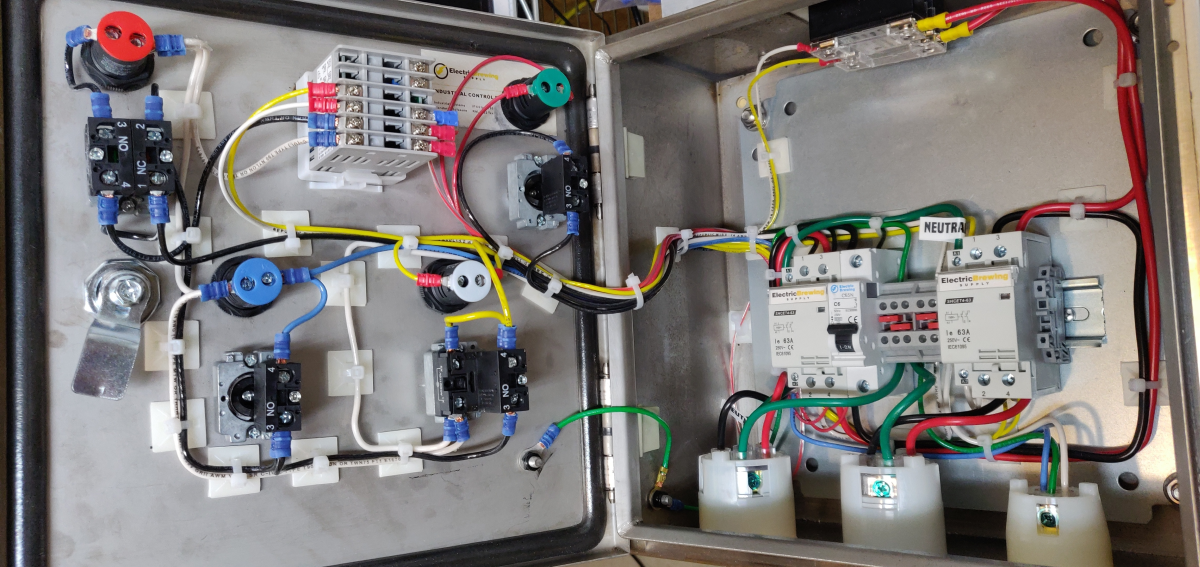I own and just recently used the SS1V for an eBIAB setup. Love it. Because of this thread I just gave the brewcommander a look. I think it's a lil better. The screen is especially nice. I don't think I need most of the functionality tho and it only powers one pump. I like that the 1V controls both my pumps.
I also prefer the SS element and integrated temp probe over the boilcoil. I don't like that it's weldless and don't care for the looks outside the kettle.
I think any of these things nowadays will get the job done and they're cheap enough that we don't have to rig up our own.
I also prefer the SS element and integrated temp probe over the boilcoil. I don't like that it's weldless and don't care for the looks outside the kettle.
I think any of these things nowadays will get the job done and they're cheap enough that we don't have to rig up our own.





























![Craft A Brew - Safale BE-256 Yeast - Fermentis - Belgian Ale Dry Yeast - For Belgian & Strong Ales - Ingredients for Home Brewing - Beer Making Supplies - [3 Pack]](https://m.media-amazon.com/images/I/51bcKEwQmWL._SL500_.jpg)






























